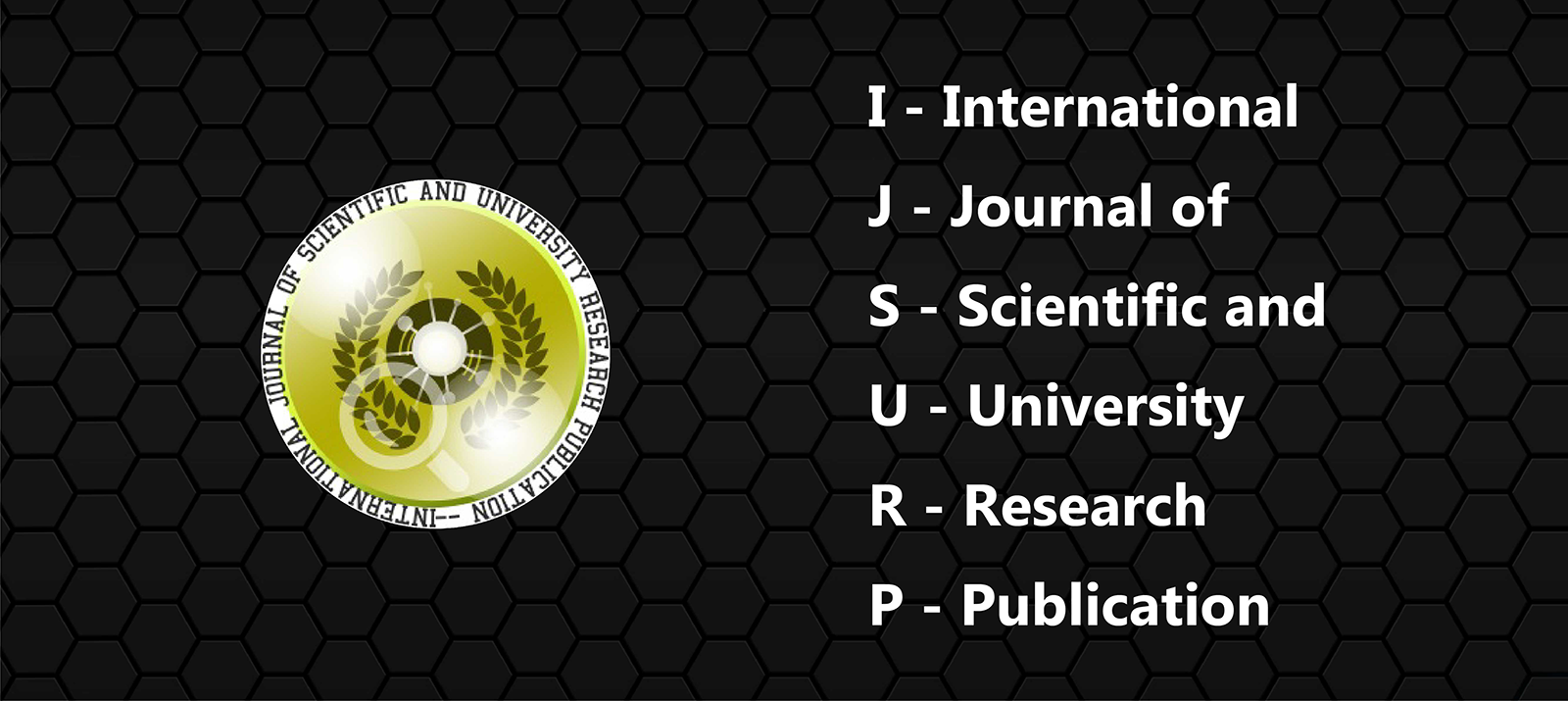
Strong influencers underlying Omani English-major students’ willingness to communicate online: Revisiting the concept of trait-based predisposition
Authore(s) : Ghsoon Reda* and Said Al-Amrani
Volume : v(8), Issue : 4, December - 2017
Abstract : Behind-the-screen communication can improve learners’ willingness to communicate (WTC) in a foreign/second language (L2). During the Covid-19 pandemic, however, online education gave instructors ample opportunity to observe learners’ communicative behaviour. The study reports observations showing that the new situation affected some learners’ L2 WTC negatively, and that those unaffected have a high L2 WTC. In a group of 137 Omani English- major students, only 12 students showed WTC in online sessions, as observed by the researchers and validated by 3 instructors. Interviews with 5 of these students suggested that when students major in the L2, their WTC, influenced by different types of motivation, can develop to a predisposition to speak notwithstanding the learning situation/interlocutor types. Communication barriers are overcome by such learners through different learning strategies and the belief that L2 mistakes are acceptable and inevitable. This necessitated revisiting the concept of WTC as a trait-based predisposition from the perspective of learners majoring in the L2.
Keywords :communication strategies; L2; learning strategies; motivation; Omani learners; trait-based predisposition; WTC.
Article: Download PDF Journal DOI : 292
Cite This Article:
Strong influencers underlying Omani English-major students’ willingness to communicate online: Revisiting the concept of trait-based predisposition
Vol.I v(8), Issue.I 4




